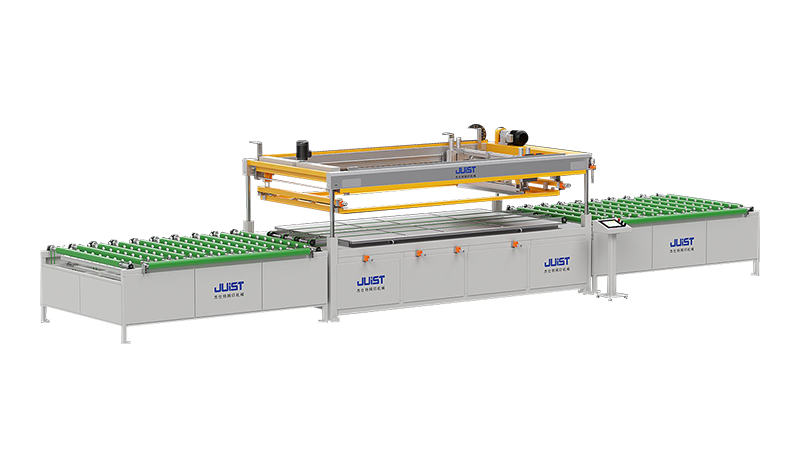+86-519-83387581
The online monitoring system of the fully automatic photovoltaic glass screen printing machine came into being. The system is usually composed of multiple precision components and modules, which work together to ensure the transparent and intelligent management of the production process. This article will explore the main components and functions of this system in depth, revealing how it can promote photovoltaic manufacturing to a higher level.
1. System architecture overview
The online monitoring system of the fully automatic photovoltaic glass screen printing machine is a highly integrated automation solution. Its core lies in the collaborative work of key components such as high-precision sensors, control units, data acquisition equipment and monitoring hosts. These hardware parts are like the "nerve endings" and "brains" of the system, responsible for collecting, processing and feedback of various key parameters in the production process.
2. High-precision sensors: the "eyes" of production data
High-precision sensors are the cornerstone of the entire monitoring system. They are distributed in various key parts of the printer, such as the printing head, imprinting platform, slurry supply system, etc. These sensors can capture key information such as printing speed, pressure distribution, slurry thickness, temperature and position accuracy in real time. Through non-contact measurement or embedded detection technology, sensors ensure the accuracy and immediacy of data, providing a solid foundation for subsequent analysis and adjustment.
3. Control unit: the "commander" of intelligent decision-making
As the "brain" of the system, the control unit is responsible for receiving data from sensors and performing rapid calculations and judgments based on preset algorithms or manually set parameters. It can not only automatically adjust the operating status of the printing press, such as adjusting the printing speed to match the slurry characteristics, but also immediately trigger the early warning mechanism when an abnormality is detected to avoid potential production failures. The intelligence level of the control unit directly determines the agility of the system response and the stability of the production process.
4. Data acquisition equipment: the "bridge" of information flow
The data acquisition equipment is the key link between the hardware and software systems. It is responsible for converting the analog signals collected by the sensors into digital signals and efficiently transmitting them to the monitoring host through wired or wireless means. This process ensures the integrity, accuracy and timeliness of the data, and provides a rich data source for in-depth analysis of the software layer.
5. Monitoring host: the "center" of data analysis and visualization
As the center of the system, the monitoring host integrates powerful data processing capabilities and a friendly user interface. It receives massive amounts of data from data acquisition devices, analyzes, compares and predicts through advanced algorithms, and identifies trends and problems in the production process. At the same time, the monitoring host can also generate intuitive reports and charts to help managers understand the production status in real time and make decisions quickly. In addition, some advanced monitoring systems also support remote access functions, allowing managers to monitor and manage production lines no matter where they are.









